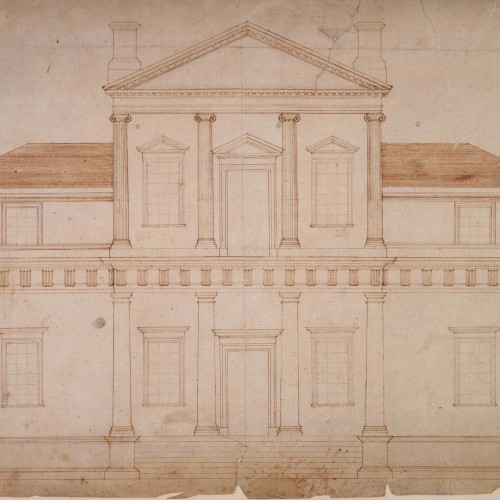Rooms and Furnishings
A room-by-room look at Monticello's first, second and third floors.
Monticello is Thomas Jefferson's architectural masterpiece, which he designed and redesigned for more than forty years. It remains a national icon and is the only presidential house in the United States named as a UNESCO World Heritage site.

A room-by-room look at Monticello's first, second and third floors.

Frequently asked questions and reports about the architecture, rooms, and furnishings of the main house and its dependencies.


A rich and varied collection of objects including art, furnishings, personal items, books, and manuscripts from Monticello's collections.

The first Monticello was a two-story, eight-room house that revealed his knowledge of classical architecture.
ADDRESS:
1050 Monticello Loop
Charlottesville, VA 22902
GENERAL INFORMATION:
(434) 984-9800
